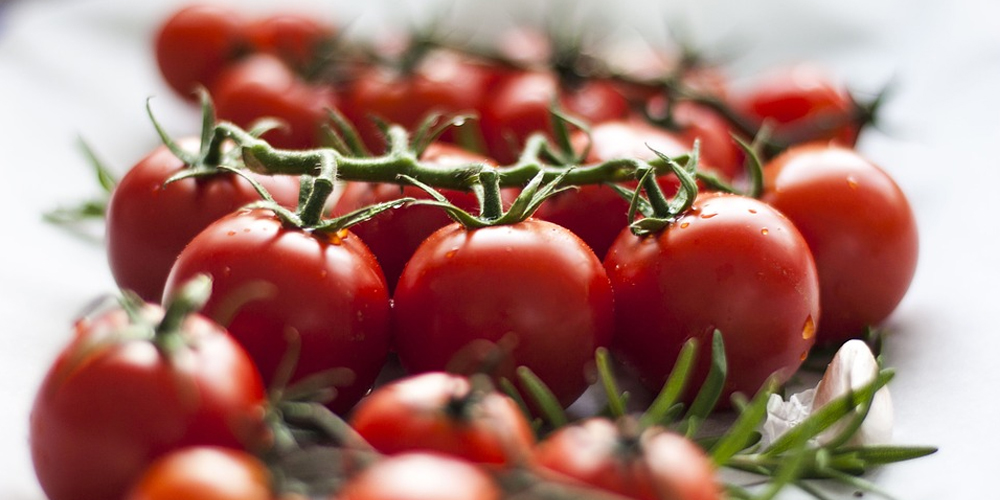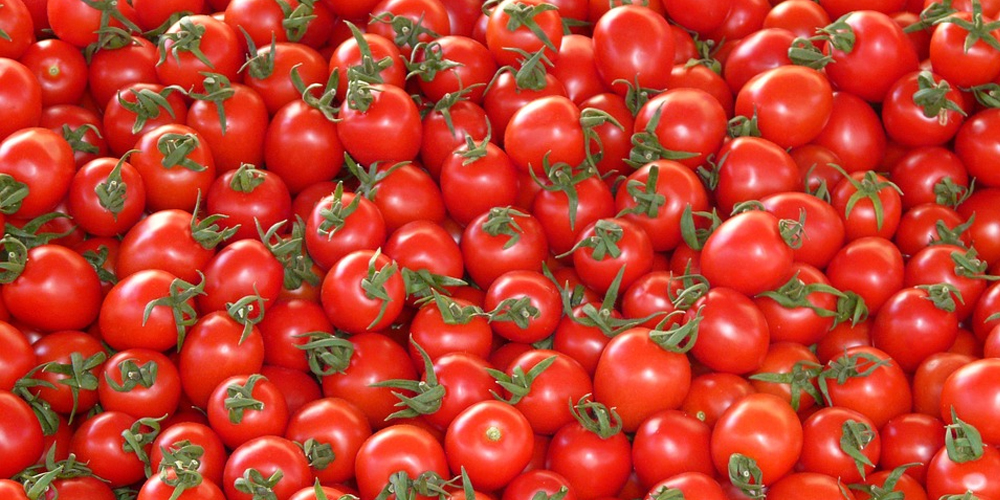
Naples, land of sea, history and culture, has always stood out for its culinary tradition. One of the protagonists of this tradition is the tomato, used for dozens and dozens of recipes: from pizza to pasta with sauce, passing through the Neapolitan ragù.
If you are a lover of Neapolitan food and cuisine, you cannot miss the tomato-based recipes that I am about to offer you.
The tradition of Neapolitan ragù
The Neapolitan ragù has entered the Campania culinary tradition, becoming one of the absolute protagonists. Its origin has several sources and it became famous in its variant with tomato sauce. It has a very strong link with popular tradition. The Neapolitan ragù has become an identifying sign of being from Naples.
The Neapolitan ragù is different from all other tomato-based sauces with a side dish of meat. In Campania, its preparation is a Sunday ritual, when the stairs of all the Neapolitan homes are filled with the fragrance of sauce. The rite of ragù is characterised by a procedure that in Naples is called peppiare. A verb coined only for this recipe and which derives, like an onomatopoeia, from the sound that the sauce makes when it simmers - over low heat- in the pot when the sauce begins to peppiare it means that it is almost ready to be served. It is usually accompanied by a type of durum grain pasta, such as ziti (rigorously broken in Naples) or rigatoni which better maintains the rich flavour of tomato sauce.
The history of pizza margherita in Naples

Pizza is one of the musts of traditional Neapolitan cuisine. Pizza and tomato are some of the most successful combinations of the world culinary tradition as well as in Campania and Italy. The history of the first pizza with tomato is known to all. The most famous is the Marinara and Margherita pizza. The first information on these two types of pizza dates back to 1730 for the Marinara and the late nineteenth century for the pizza we know today as Margherita.
Both versions are composed of flat pasta loaves that are covered with a tomato sauce with oregano in the case of the Marinara and with mozzarella and basil in the case of the Margherita. The history of pizza Margherita is known to all. It goes back to the homage of the well-known pizza chef Raffaele Esposito who in 1889 made a pizza inspired by the Italian flag to be given to Queen Margherita of Savoy on a visit to Naples.
In recent years the pizza has known different varieties of tomato from those of the piennolo to the cherry tomato that have given the pizza unique flavours.
Scarpariello: sciuè sciuè (very fast) sauce
Scarpariello is one of the fastest and easiest tomato-based dishes to make. The scarpariello has an imprecise history that goes back to the plate of the cobblers (the scarpari from which the name derives) of the Spanish Quarters.
The scarpariello is easily prepared with fresh tomatoes or with peeled tomatoes accompanied by oil, garlic and basil and if necessary you can add a sprinkling of cheese. Usually, a type of short pasta such as mezzani, penne and paccheri is used.
The history of the tomato in Naples

I will not dwell much on the history of the tomato in Naples. All the recipes, that I will show you, are based on South American vegetables that only arrived in Europe in the sixteenth century.
Initially arrived at the court of the Bourbons as an exotic decoration in the representations of the Neapolitan nobles, later thanks to the temperate climate of our land, the tomato also entered the Neapolitan culinary tradition.
The spread of the tomato in Naples goes hand in hand with the development of pasta, which was one of the foods at affordable prices for everyone, even for the less well-to-do classes.
Let's see what are the essential sauces and how they differ from each other.
Spaghetti with sauce, olives and capers: a typical Neapolitan recipe
Spaghetti 'aulive e chiapparielli' (Spaghetti with olives and capers), as spaghetti alla puttanesca are identified in Naples, is another tomato-based recipe. It's a very quick recipe, which includes few ingredients: peeled tomatoes or a tomato sauce, capers in oil, black olives from Gaeta.
Spaghetti is the type of pasta that goes best with this type of sauce that is prepared in a few minutes. The true story behind the name "Alla puttanesca" is unknown. One of the legends tells of a busty girl of easy virtue who lived in the Spanish neighbourhoods and who used to delight her diners with this quick dish.
Tomatoes from Campania: the goodness within the Gulf of Naples

These are just some of the recipes that involve the use of tomatoes, but there are several that deserve to be tried. The protagonist, however, always remains the undisputed tomato.
The temperate climate of the Gulf of Naples and the fertility of the volcanic earth have created the perfect habitat for the prosperity of tomato cultivation. But there is a caveat the gates of the Sorrento peninsula on the hill of Quisisana, the Reggia di Quisisana, which among its specialities has precisely the cultivation of tomatoes. Inside this beautiful and evocative location, the destination of all the kings of Naples starting from Charles I of Anjou who had it built, the tomato of Quisisana, the famous pomodama, grows. The cultivation techniques follow a centennial tradition that has been handed down from generation to generation, represented by the D'Auria family, offering a product of excellence from Campania since 1800. In 2015, however, the tradition is finally back in vogue with the foundation of the farm autochthonous, called DAMA, which has transformed a traditional and familiar product into a national product.
The pomodama is divided into two types: the bulb and the pendulum. The light bulb is one of the oldest species. It has a vibrant red colour and takes its name from its elongated shape. The pendulum, on the other hand, has a more rounded shape with a protrusion at the end.










Lascia un commento